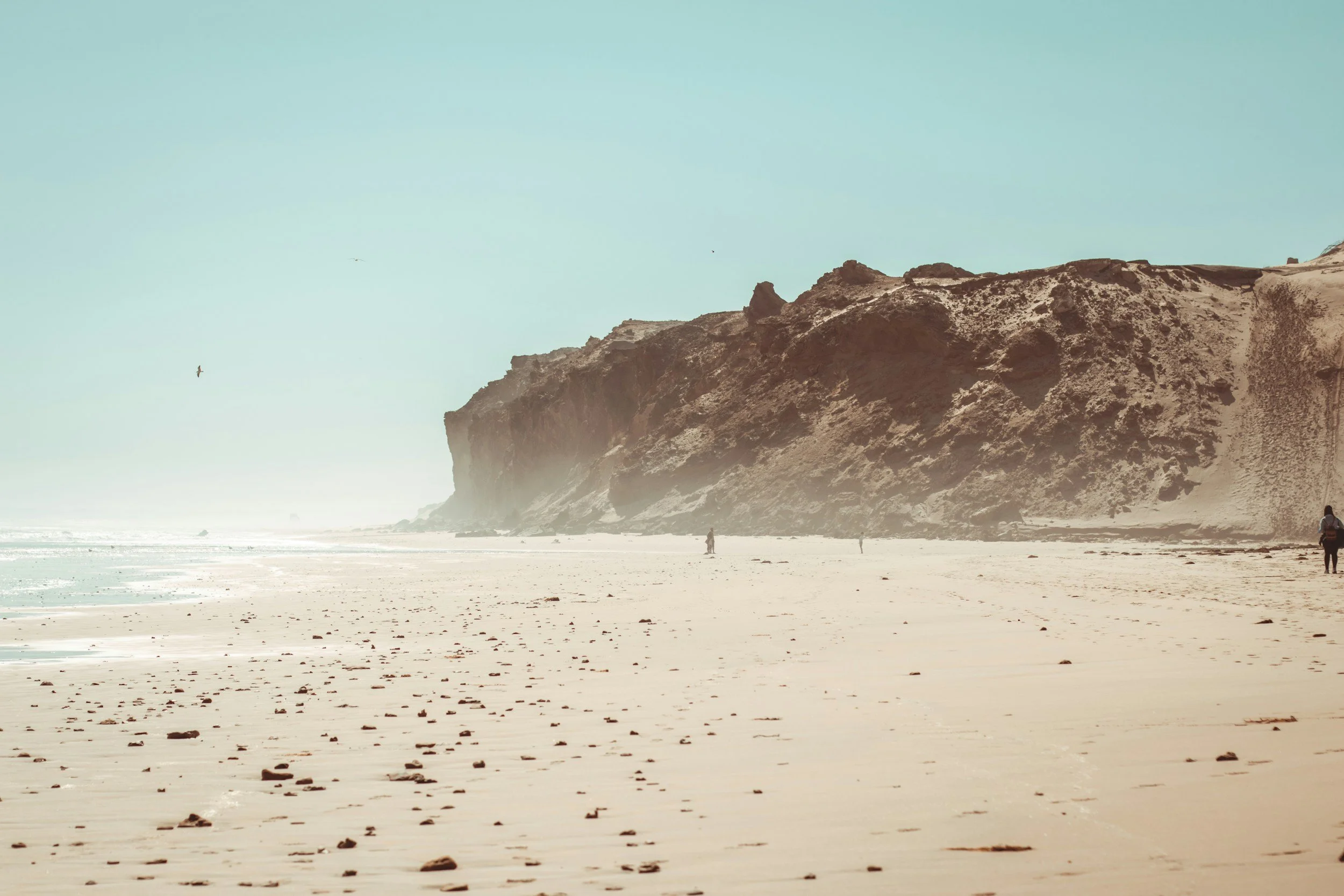Why Skin Cancer Rates Are So High in Australia and New Zealand
If you’ve ever lived in or visited Australia or New Zealand, you’ll know how much we love being outdoors. Endless blue skies, weekends at the beach, and that unbeatable summer sunshine. But the same sunlight that gives us those golden days also hides a serious risk. Australia and New Zealand sadly lead the world when it comes to skin cancer rates, and it’s not by a small margin.
As a doctor working in skin cancer medicine, I see the impact of this every week. The reasons aren’t just about bad luck. They’re a mix of geography, genetics, and lifestyle habits that come together in a way that makes our region uniquely vulnerable.
A Harsh Sun and a Thinning Shield
Let’s start with the science. Our countries sit close to the equator, where the sun’s ultraviolet (UV) radiation is naturally stronger. Add to that the thinning ozone layer over Antarctica, and you have more UVB rays reaching the ground than almost anywhere else on earth.
In summer, the UV Index in many parts of Australia regularly hits “extreme” levels, often above 11. That means unprotected skin can start to burn in as little as 10 minutes. Over 90% of all skin cancers here are directly linked to UV exposure.
Think of it as living under a giant sunlamp. It’s great for vitamin D, but not so great for your skin cells, which can mutate over time and lead to cancer.
Fair Skin Meets Intense Sunlight
Most Australians and New Zealanders have European ancestry, which means many of us have fair skin with lower levels of melanin, the pigment that helps protect against UV damage. It’s a mismatch of biology and environment.
People with fair complexions burn easily and tan poorly, which dramatically increases the risk of both melanoma (the most dangerous type of skin cancer) and non-melanoma cancers such as basal cell and squamous cell carcinoma.
Studies show that two in three Australians will be diagnosed with skin cancer by the age of 70. Men are particularly at risk, with higher rates of both melanoma and non-melanoma skin cancers compared to women.
Outdoor Culture and Old Habits
It’s no secret we love the outdoors, whether it’s surfing, cricket, gardening or taking the kids to the park. But every hour in the sun adds up. Outdoor workers such as farmers, tradies, and lifeguards are exposed to up to five times the recommended safe UV dose, and that cumulative damage can appear decades later.
Even leisure activities play a part. Decades ago, tanned skin was seen as healthy and fashionable. People would use baby oil instead of sunscreen, completely unaware of the long-term consequences. Those habits have left a legacy we’re still seeing today, especially in Australians over 55.
The Numbers Tell the Story
The statistics are sobering. In Australia, skin cancer is the most commonly diagnosed cancer, accounting for around 1.1 million treatments each year. That’s over 3,000 every single day. Melanoma alone affects around 15,000 Australians annually and sadly causes more deaths than car accidents.
New Zealand mirrors these figures, with some of the highest melanoma rates in the world. Together, we record two to three times more cases than countries such as the UK, Canada, or the United States.
Fighting Back with Awareness and Prevention
Thankfully, both countries have led the world in prevention campaigns. The iconic “Slip! Slop! Slap!” message, reminding people to slip on a shirt, slop on sunscreen, and slap on a hat, launched in the 1980s and is still going strong today. Australia has also banned commercial tanning beds and set strict SPF testing standards.
We’ve made incredible progress in early detection. With regular skin cancer checks, most melanomas can be caught early, when treatment is simple and survival rates exceed 93%. As doctors, we’re seeing a real difference thanks to better awareness, education, and access to biopsies and specialised skin clinics.
But there’s still work to do, especially for outdoor workers, younger generations, and those living in rural areas.
Sun’s Out, Smarts Out: What You Can Do
The good news is that skin cancer is one of the most preventable cancers in the world. You can reduce your risk dramatically by following a few simple steps:
Apply SPF 50+ sunscreen every morning and reapply every two hours when outdoors.
Seek shade between 10 am and 3 pm.
Cover up with a broad-brimmed hat, sunglasses, and protective clothing.
Avoid tanning and solariums entirely.
Book your annual skin cancer check, and don’t forget to self-examine your skin regularly for any new or changing spots.
If you notice something that looks different, itchy, or bleeding, don’t ignore it. A quick biopsy can make all the difference.
Final Thoughts
Australia and New Zealand’s sunny climate is one of our greatest gifts, but it also comes with responsibility. The earlier we detect changes, the better the outcome for both health and peace of mind.
At Shade Skin, we’re passionate about raising awareness, making skin checks accessible, and helping you protect the skin you’re in.
If it’s been more than a year since your last check, consider this your gentle reminder to book a skin cancer check today.
Written by Dr Emily Alfonsi
MBBS, FRACGP, DRANZCOG
Medical Director, Shade Skin
Dr Emily is a skin cancer doctor with advanced training in diagnosis and treatment. She has personally detected and treated hundreds of skin cancers and is passionate about early intervention and patient education.

